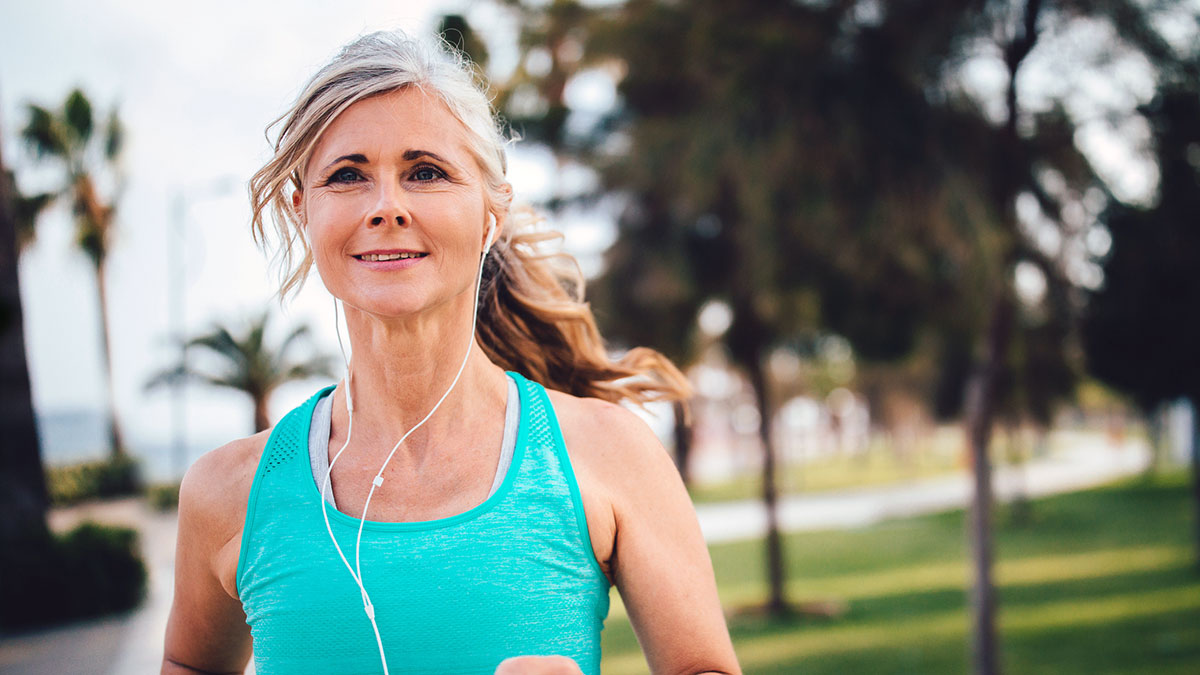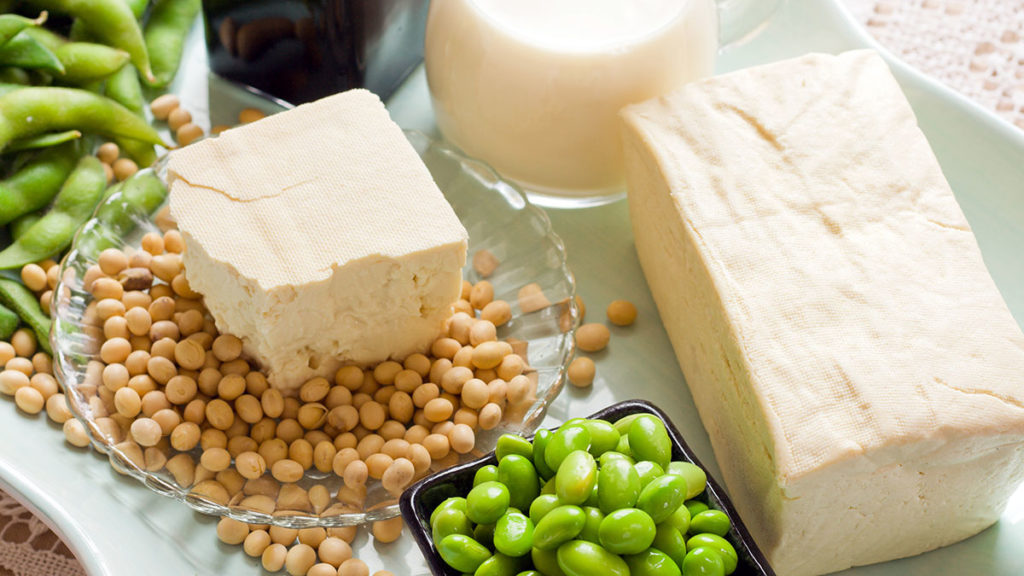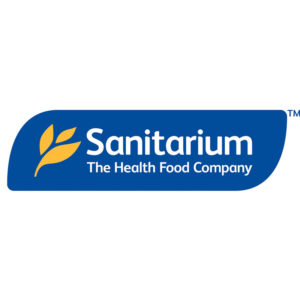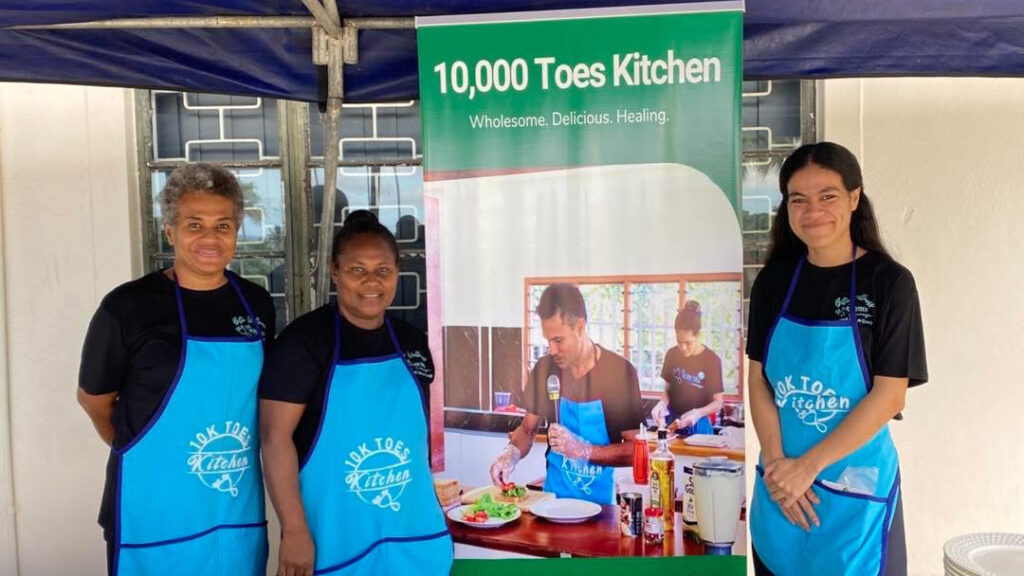Osteoporosis is a chronic disease where a loss of calcium thins and weakens the bones. This causes the bones to become more fragile and likely to break and fracture from a fall or injury. The most common fractures occur in the spine, hips and wrists.
There are two major factors that influence the development of osteoporosis: inadequate peak bone mass levels obtained in early life and high amounts of bone mass loss later in life.
Women are at a greater risk of osteoporosis because they have lighter bones and also experience drops in oestrogen levels after menopause, which speeds up the loss of bone.
What can I do to protect my bone health?
There are three key steps you can take to build your bone mass, slow down your bone loss and reduce your chance of developing osteoporosis:
1. Boost your calcium
Calcium’s major role is to strengthen bones and teeth. Calcium also helps blood clotting, muscle function, nerve impulses, fluid balance and the release of hormones.
2. How much calcium?
The daily recommended calcium intake for adults is 1000 mg. This increases to 1300 mg for adolescents, post-menopausal women and all people over 70 years of age. Aim for two to three serves of dairy or calcium-fortified dairy alternatives each day as well as trying to include as many other sources of calcium as possible.
3. Calcium-rich foods
Many people believe calcium is limited to foods such as dairy products like milk, cheese and yoghurt, and some fish such as sardines. While these foods can be good sources of calcium, they aren’t the only sources. Valuable plant sources of calcium include nuts, tofu, green leafy vegetables and fortified soy or nut-based milks.
Top tips for healthy bones
Eat more soy. Isoflavones (natural plant chemicals) found in soy may help to increase bone formation, which will help to strengthen bones. Soy foods are also a source of calcium.
Move more. Exercise can help to build bone, keeping your bones denser and stronger. The best bone-building exercises are weight-bearing (like walking, hiking or playing tennis), high impact (like skipping and jogging) or balance training (like pilates). Varying the type of exercise and increasing its intensity will help further stimulate bone growth.
Get outdoors. Vitamin D is known as the sunshine vitamin. It’s essential for bone health as it helps to increase calcium absorption in the body. So try to increase your vitamin D levels by exposing your skin to sunlight in the early mornings or late afternoons to prevent sunburn. Food sources of vitamin D include eggs (a small amount), vitamin D mushrooms (irradiated by the sun) and fortified foods.







